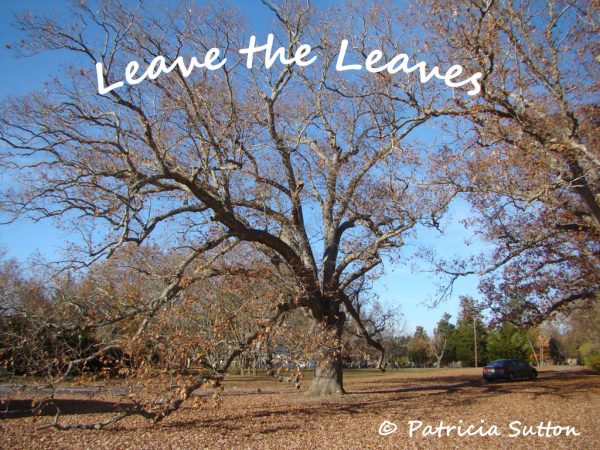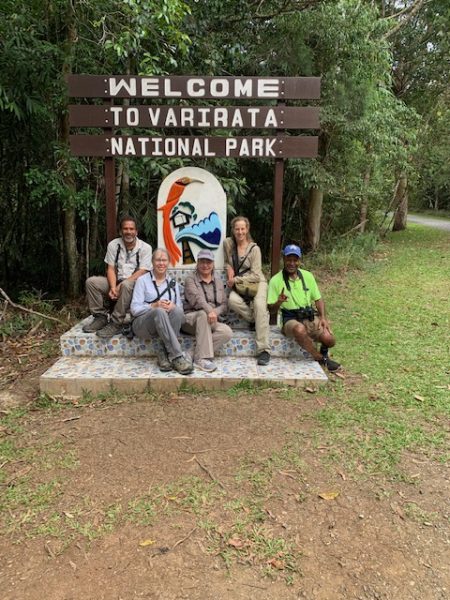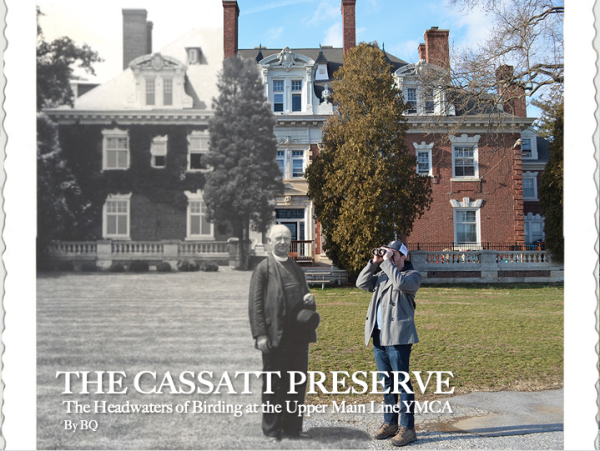Pat Sutton
Every-day gardeners who transition into wildlife gardening often have a hard time rethinking the many tasks they’ve tackled for years, tasks that are highly hazardous to the very wildlife they are working so hard to attract and benefit. Pat Sutton will open your eyes to a world of life hidden in fallen leaves, which to her are anything but leaf “litter.” She will uncover the secret lives of butterflies and moths, bumble bees and other beneficial pollinators, salamanders, fireflies and so much more through the winter months, all tucked safely in and under leaf litter. As late winter and early spring arrive, she will showcase the many native wildflowers that so easily bust through the deepest leaf litter and light up shade gardens throughout her yard.
Pat Sutton lives near Cape May, New Jersey, the world renowned migratory crossroads that is famous for its hawk, owl, songbird, shorebird, dragonfly, and Monarch butterfly migration. She has keenly studied the natural world for over 30 years.
Pat and her husband Clay’s landmark book, Birds and Birding at Cape May (Stackpole Books, 2006), is the in-depth result of their efforts over many years documenting and protecting the migration and the hometown that they so love. Pat and Clay Sutton together have co-authored How to Spot Butterflies (1999), How to Spot Hawks & Eagles (1996), and How to Spot an Owl (1994), all published by Houghton Mifflin Harcourt.
Pat has been a working naturalist since 1977, first for the Cape May Point State Park and then for 21 years with New Jersey Audubon’s Cape May Bird Observatory, where she was the Naturalist and Program Director (1986 to 2007). Pat has a Masters Degree from Rowan University in Environmental Education and an undergraduate degree in Literature from the State University of New York at Oneonta. Today, Pat is a free-lance writer, photographer, naturalist, educator, lecturer, tour leader, and wildlife habitat / conservation gardening educator. Pat is a passionate wildlife habitat gardener and advocate for butterflies, moths, bees (all pollinators), birds, dragonflies, frogs, toads, and other critters. Pat has taught about wildlife-friendly and native plant gardening for over 30 years. Sutton’s own wildlife garden is a “teaching garden” featured in many programs, workshops, and garden tours.
Note: This meeting will be held in person at the meeting house and via Zoom. Zoom signon will start at 7:15 to enable the meeting to begin at 7:30.




